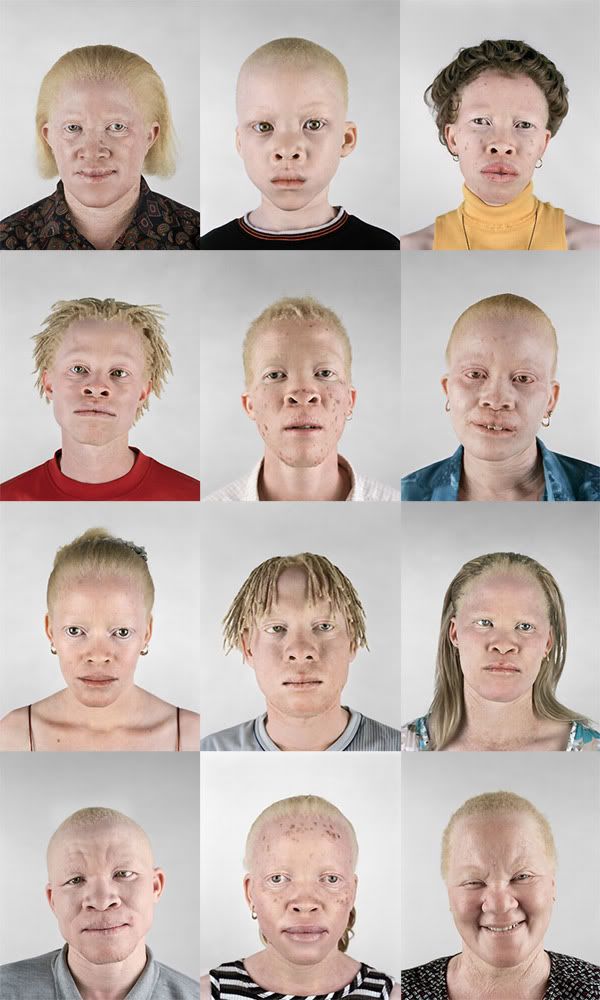The most common type of albinism is oculocutaneous albinism. This affects the skin, hair, and most importantly the eyes. The most severe cases causes these to turn white or pink, and also make the person have trouble seeing. There are two main causes of oculocutaneous albinism. These are:
Type 1: An amino acid, the building blocks of proteins in the body, called tyrosine is converted to another amino acid called melanin. However, if the enzyme that causes this to happen fails, then this will not occue.
Type 2: There is a defect in a gene. This only causes a slight problem in the pigmentation at birth.
There are several ways to diagnose albinism and carriers of albinism. One is merely obsevervation, noticing if the pigmentation is off. However, there is also a blood test now that determines carriers of albinism. Also, genetic testing is the most reliable, going through the genetics of the parents to determine if the offspring has it. Other ways include: an electroretinogram, chemical testing, and the tyrosinase test.
"Albinism-Diagnosis." Medindia.com. 28 Feb. 2009. Medina Health Network. 28 Feb. 2009
<
http://www.medindia.com/patients/patientinfo/Albinism-Diagnosis.htm >.


